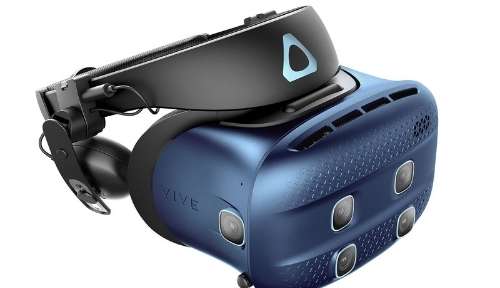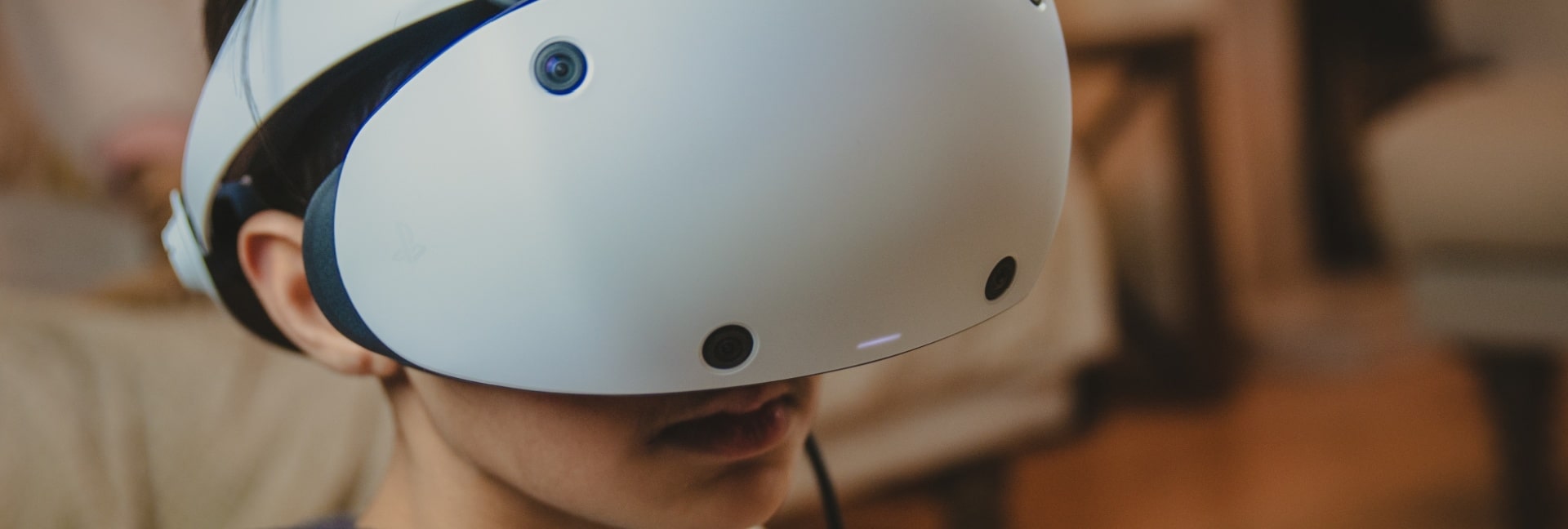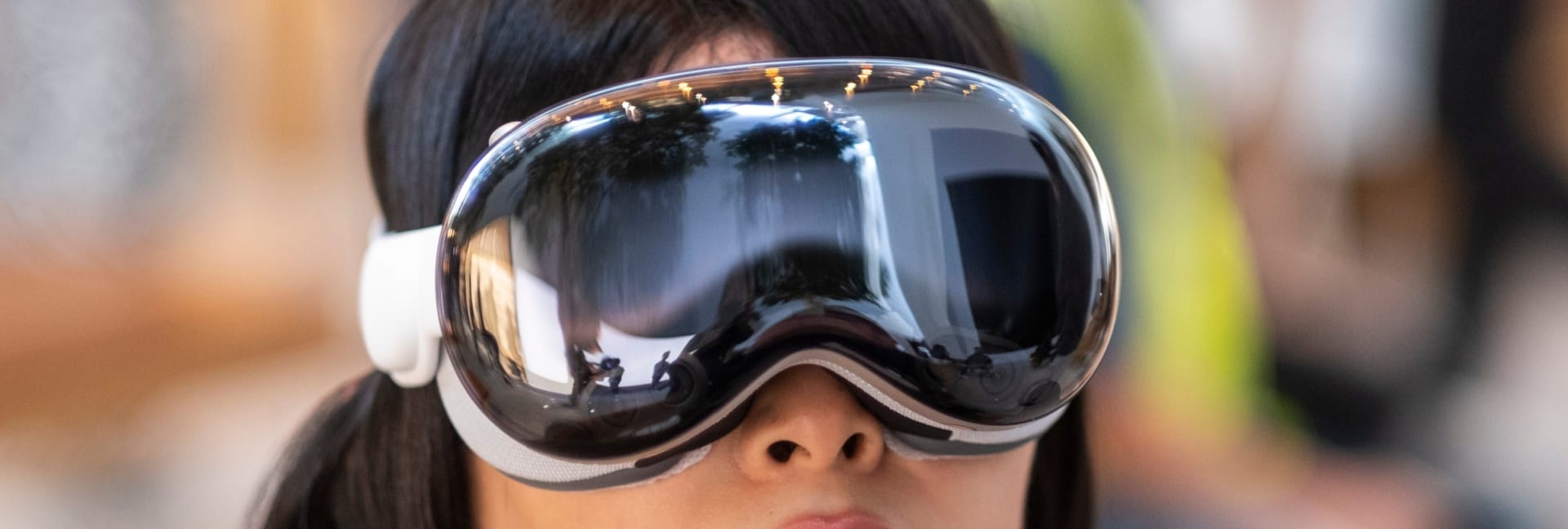
Virtual reality technology is used for army exercises where the aim is to simulate combat manoeuvres but without the risk of physical danger to the participants. This means exploring hostile environments and dealing with unexpected or unwarranted situations. These situations form part of a normal tour of duty but require the necessary skills and expertise to handle them.
Battlefield simulation
One use is battlefield simulation: this takes the form of a large 3D environment which army officers use when planning a military campaign. They use these models to plan their strategies and decide where military engagements will take place before sending front line troops in. This enables them to assess a variety of options before making decisions about where to deploy troops and in what capacity.
The officers wear virtual reality glasses to view a large 3D battlefield and are able to interact with it in order to explore the terrain before formulating these decisions. Their decisions are based upon logistics which possible outcomes which can only be investigated through scenarios such as this. This is a safer and cost effective way of military strategy which is preferable to sending troops into situations which had not been explored prior to engagement.
Virtual reality is also used for patrol training. By this we mean training a platoon of soldiers led by an NCO or officer in a range of scenarios. Soldiers wear a head mounted display (HMD) plus body motion tracking system and carry a mock weapon (VR gun) which is identical to a real weapon. They move in a virtual environment in which they are presented with various scenarios, e.g. roadside bombs, which they have to deal with.
All of this enables new recruits to participate in training scenarios in which they are thrown into potentially dangerous situations but still within a controlled environment. There is no danger of personal injury although this is replicated for medic training.







